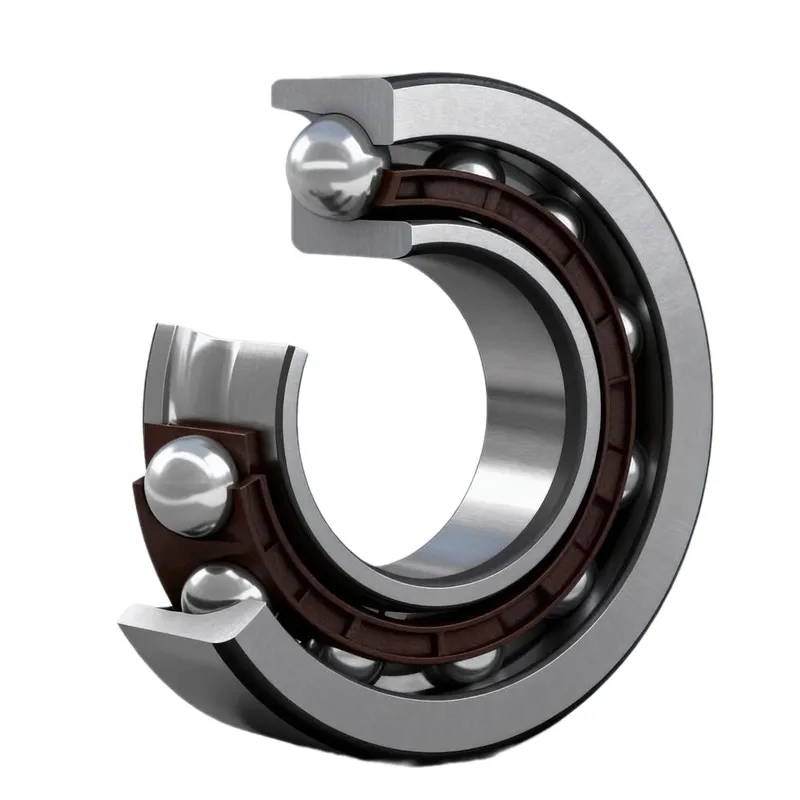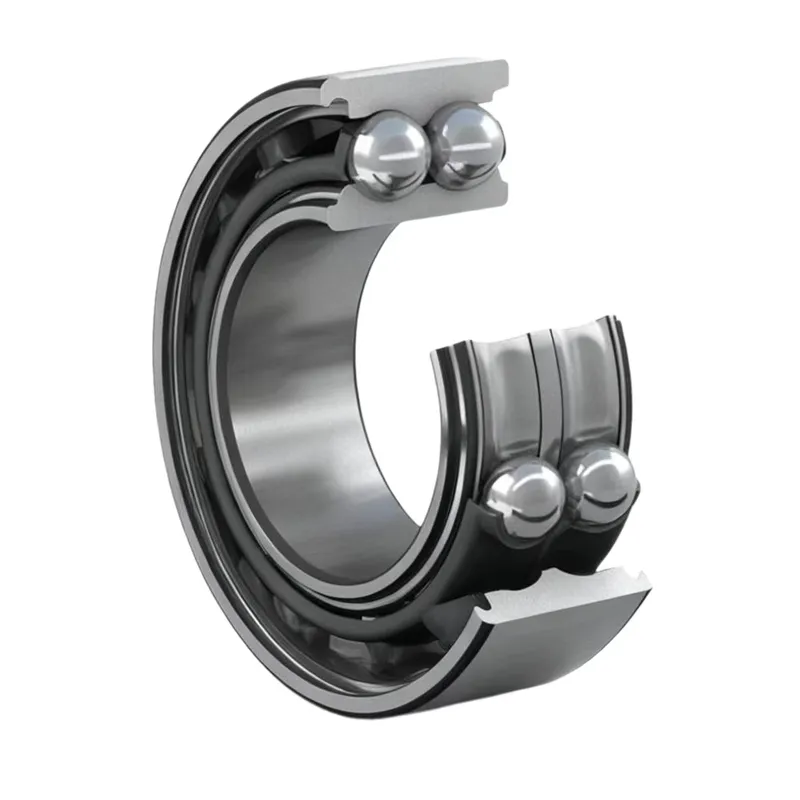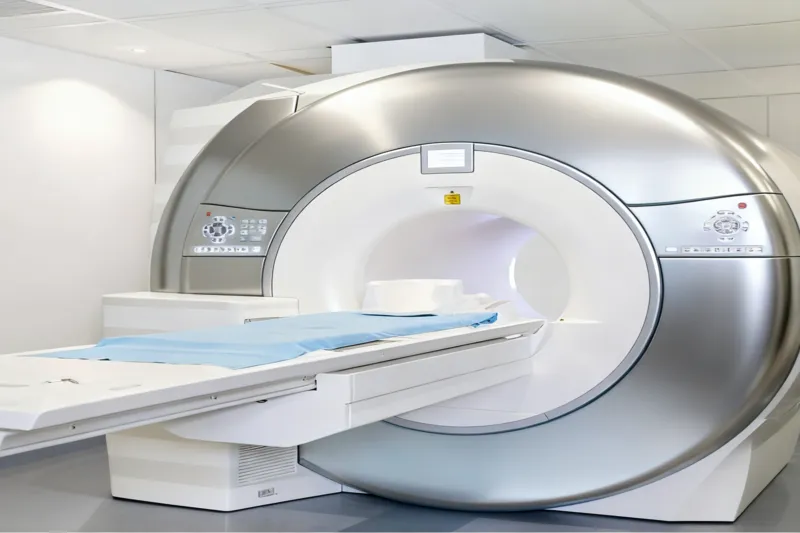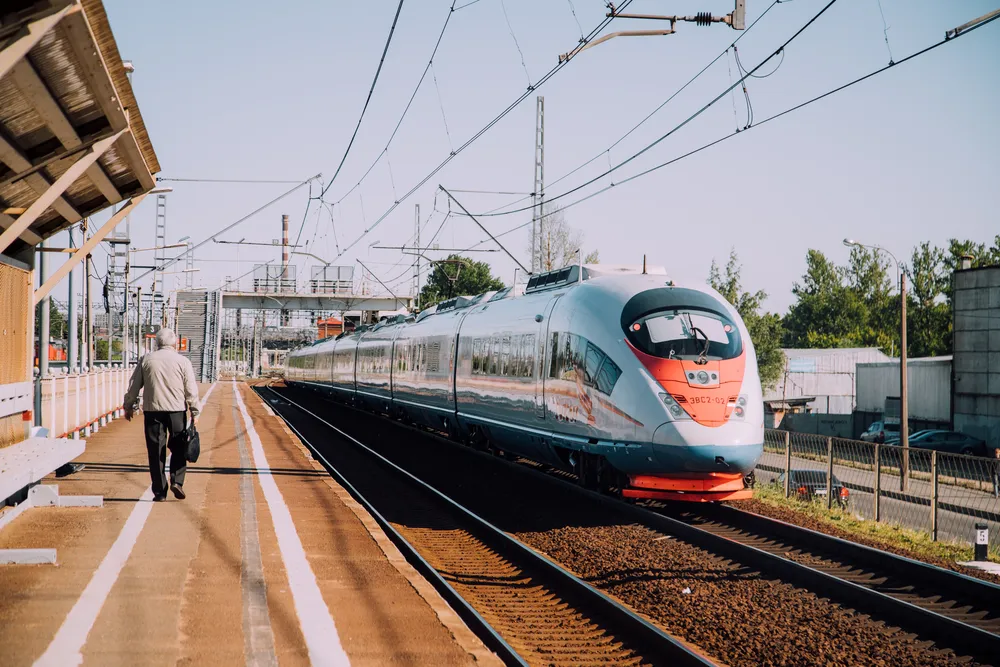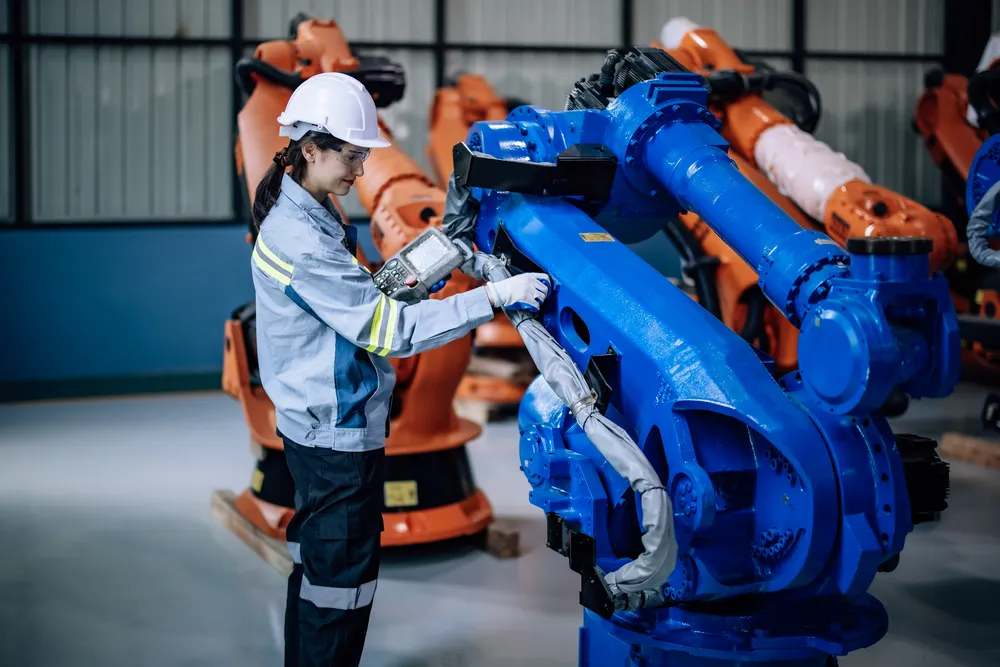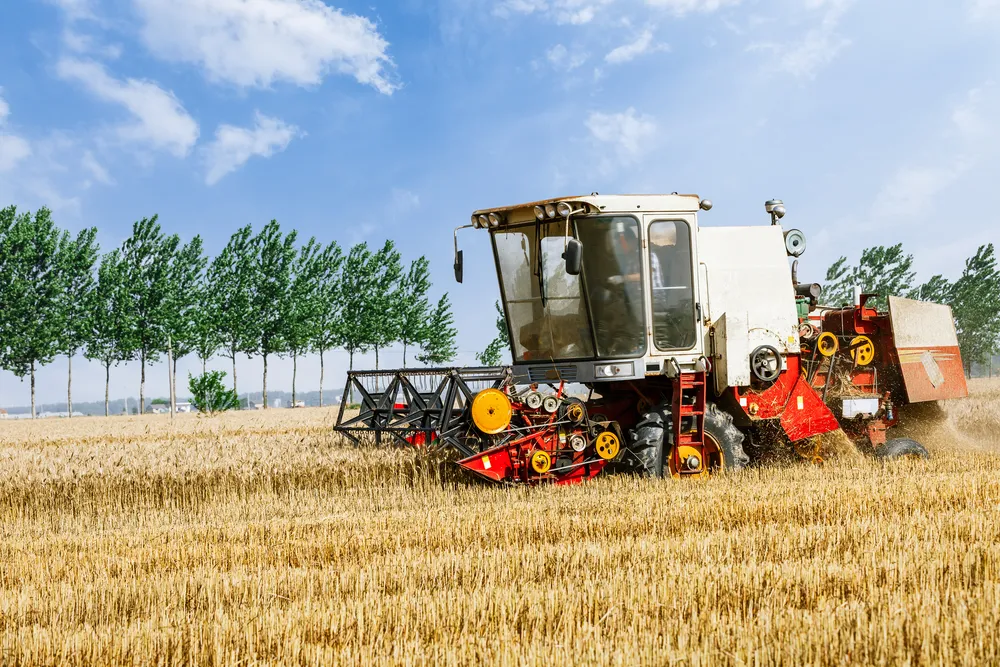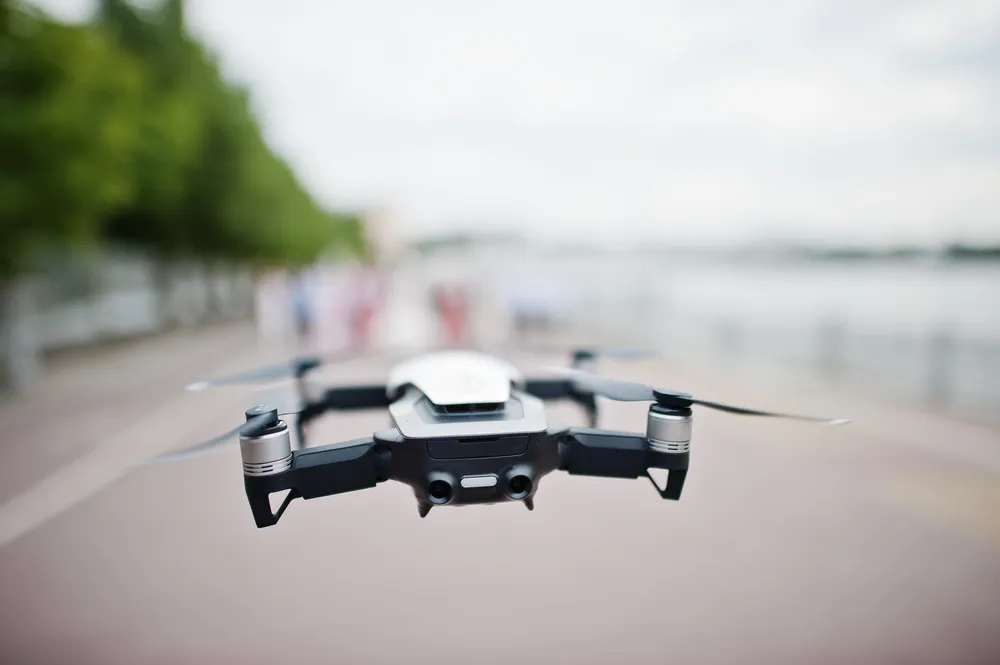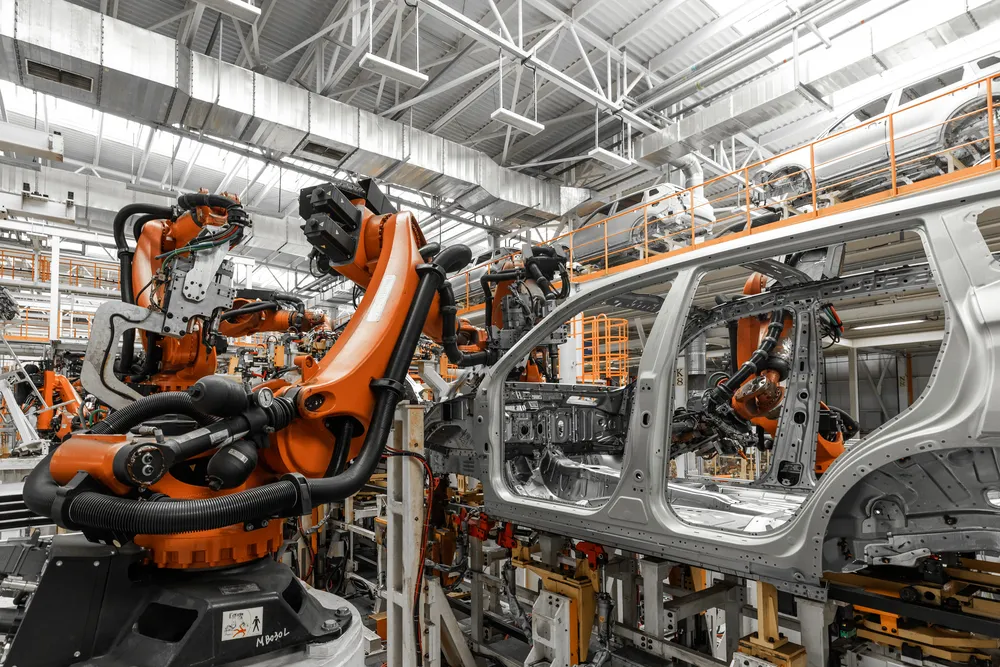Products
Angular Contact Ball Bearings
What are Angular Contact Ball Bearings
Angular contact ball bearings are precision mechanical components specifically engineered to withstand combined loads, characterized by a defined contact angle formed between bearing raceways and rolling elements. This angular design enables simultaneous handling of radial and axial forces, with optimized geometric structure ensuring uniform load distribution across contact areas. Incorporating high-precision raceways and specialized cage designs, combined with dedicated lubrication systems, these bearings maintain stable performance under high-speed operating conditions. Precise control of contact angles makes them particularly suitable for applications requiring high rigidity and accurate axial positioning.
Characteristics of Angular Contact Ball Bearings
Angular contact ball bearings possess several unique technical features:
- Precise angular design: Contact angles ranging from 15° to 40°, optimized according to load requirements
- Multi-row configuration options: Providing single-row, double-row and multi-row combinations to meet different directional axial load demands
- Optimized raceway geometry: Special curvature raceway designs increase contact area, enhancing load distribution uniformity
- Advanced cage technology: Utilizing high-strength composite material cages to reduce friction and increase speed limits
- Diversified sealing configurations: Offering various protection solutions including open, shielded and sealed types
Advantages of Angular Contact Ball Bearings
Angular contact ball bearings demonstrate significant advantages in engineering applications:
- Exceptional combined load capacity: Optimized contact angle design achieves optimal balance between radial and axial loads
- High-speed operational stability: Precision manufacturing processes ensure dynamic stability under high-speed conditions
- Accurate axial positioning: Special internal clearance designs provide precise axial positioning capability
- Excellent temperature control performance: Optimized thermal management design effectively controls temperature rise during high-speed operation
- Extended service life: Premium materials and precision machining ensure bearing durability under demanding conditions
We Can Solve Your Problems
Addressing various complex application requirements, we provide professional engineering solutions:
- Customized selection services: Recommending optimal bearing configuration solutions based on specific load conditions
- Dynamic performance optimization: Utilizing advanced simulation technology to predict bearing performance under actual operating conditions
- Thermal management solution design: Developing specialized cooling and lubrication systems for high-speed applications
- Installation process guidance: Providing detailed installation specifications to ensure optimal working clearance
- Intelligent monitoring systems: Deploying online monitoring equipment to track bearing operating status in real-time
- Life assessment services: Accurately predicting remaining bearing service life through professional analysis models
Frequently Asked Questions
Find answers to common questions about our bearings. If you don’t find what you’re looking for, please don’t hesitate to contact us.
How can you distinguish angular contact ball bearings from deep groove ball bearings?
Angular contact bearings have an asymmetrical raceway — one side of the outer ring is thicker to create an oblique contact angle between the balls and rings. This design allows them to handle both radial and axial loads in one direction. Deep groove bearings, by contrast, have symmetrical raceways and can take radial and limited axial loads in both directions. Visually, the uneven shoulder thickness is the quickest way to tell them apart.
What’s the difference between using a double-row angular contact bearing and a pair of single-row ones?
A double-row angular contact bearing can handle axial loads in both directions within one compact unit but offers limited options for contact angles. A matched pair of single-row bearings can be mounted face-to-face, back-to-back, or tandem, giving flexibility to adjust preload, stiffness, and axial capacity. Independent single bearings are cheaper but may show inconsistent performance due to tolerance differences.
What makes angular contact ball bearings unique?
Their key feature is the contact angle between the balls and raceways, which determines how they share radial and axial loads. Larger contact angles increase axial load capacity but limit speed, while smaller angles allow higher speeds with lower thrust capability. This balance makes them ideal for applications like spindles, gearboxes, and precision machinery where both rigidity and accuracy are critical.
